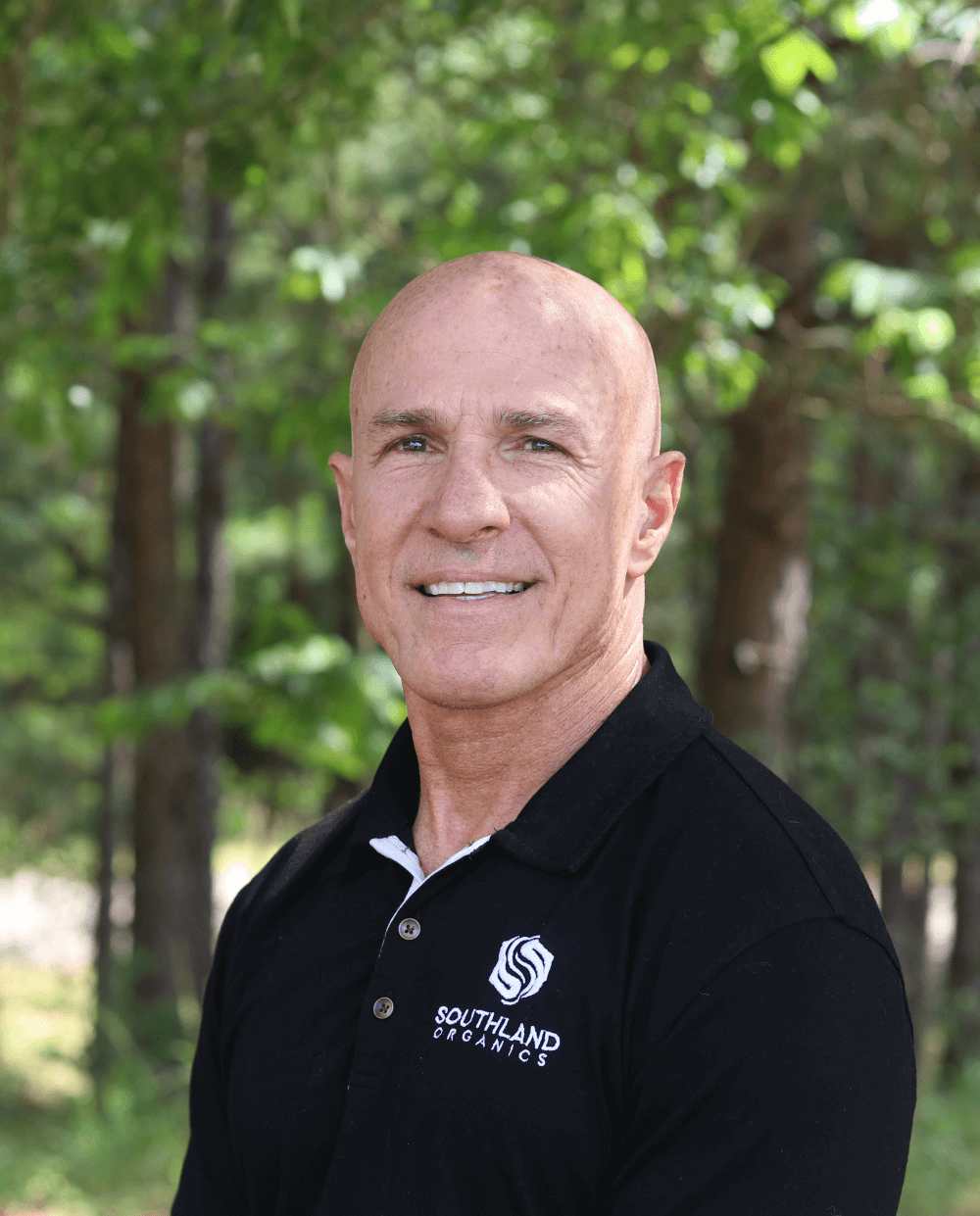Over the course of time, we have been asked often "what are the ingredients in Big ole Bird?" Despite our open and honest reply, many people are still confused at the answer. The ingredients are straightforward, simplistic and non-proprietary. In order to earn the WSDA Organic Certification for Materials Approved for Use in Organic Production & Handling, we had to fully disclose our full ingredient list and manufacturing process.
Ready for the amazingly complex list of ingredients? Here ya go . . .
- Organic Composted Humus
- Deionized Water, cas# 7732-18-5
- Fuller’s Earth (organic agricultural clay) cas# 8031-18-3
That's it! That is the full list that is supplied on the application.
So why the confusion? Well let's quickly eliminate two of the ingredients. Deionized water is simply water that has been run through a powerful filter called a deionizer. This process removes minerals from the water supply. The second ingredient that is simplistic is the Fuller's Earth. This is essentially a clay that we use as a thickening agent or suspension liquid. See the Fuller's Earth Wikipedia article.
That leaves us with the ingredient that sets Southland Organics apart. The portion that makes this simplistic ingredient list seem like we are holding something back. It's the Organic Composted Humus. You can read all about the source of our humate deposit.
What Is Big Ole Bird and What Does it Do?
Why is this effective and worthy of your hard-earned dollars? Why is this beneficial for the health of your beloved flock? Simply put, Big ole Bird replenishes with living biology and provides valuable activated carbon. The process of cold water extraction leaves not only indigenous biology fully intact but provides an environment for them to rapidly multiply. Here’s a look at some of the indigenous microbiology and what they do:
-
Bacillus mojavensis
- The biosurfactant produced reduces the interfacial tension between hydrocarbons and aqueous. Oxidizes sulfide and nitrate.
-
Bacillus subtilis
- One of the poultry powerhouses. Eliminates harmful bacterial through competitive exclusion. Improves feed conversion and growth promotion.
-
Nitrobacillus georgiensis
- Nitrifies ammonia and produces biosurfactant. Enhances the emulsification of hydrocarbons and increase their availability for microbial degradation.
-
Bacillus sp.
- Strong production of biosurfactant.
-
Paenebacillus polymyxa
- Reduces nitrate. Produces biosurfactant.
-
Bacillus megaterium
- Provides enzymes for waste processing and processing phosphates. "tightens the gut"
-
Bacillus amyloliquefaciens
- Breaks down starch into sugars. Increases feed conversion. Click here to read the study
-
Bacillus pumilus
- Aerobic and anaerobic growth with strong biosurfactant production. Sulfur oxidizer and starch degrader.
So how is something so simple so powerful? Nature! We adore her beauty and enjoy her bounty.
We hope this clarifies a few things for you and puts you at ease knowing that we have performed our due diligence. Additionally, we have sought out and secured the best certification possible. See our listing on the WSDA Materials Approved for Use in Organic Production & Handling.






